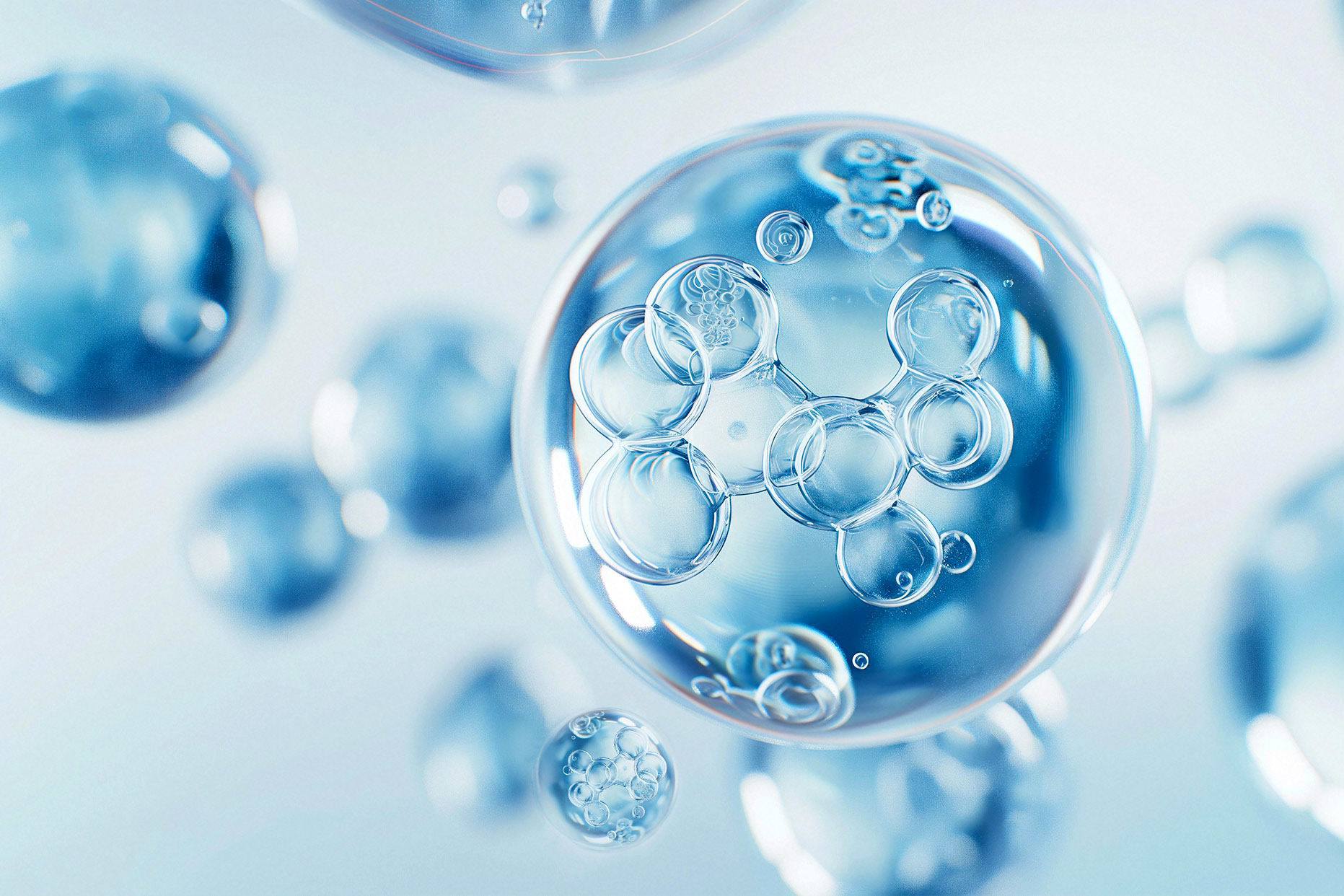Navigating the Nuances of Lithium Hydroxide: Essential Tips and Precautions
Jun 24,2025
Lithium Hydroxide Unveiled
So, you’ve heard about Lithium Hydroxide, huh? This compound, often abbreviated as LiOH, is making waves in the world of chemistry and industry. But before you jump headfirst into using it, let’s take a moment to explore the important considerations surrounding this chemical. After all, knowledge is power, right?
What is Lithium Hydroxide?
Lithium Hydroxide is a white, hygroscopic solid that is soluble in water. Primarily used in the production of lithium batteries, it’s also a key player in the manufacturing of ceramics and as an electrolyte in various chemical processes. In recent years, its demand has skyrocketed, thanks to the electric vehicle boom. Who knew a humble hydroxide could play such a critical role?
Safety First: Handling Lithium Hydroxide
Alright, let’s talk safety. When dealing with Lithium Hydroxide, you’ve got to treat it with respect. This compound can be caustic, meaning it can cause chemical burns upon contact with skin or mucous membranes. Yikes! Always wear appropriate personal protective equipment (PPE) like gloves, goggles, and lab coats. And, for goodness’ sake, make sure you're in a well-ventilated area to avoid inhaling any dust.
Storage Solutions
Storing Lithium Hydroxide safely is just as crucial as handling it. Keep it in a cool, dry place, away from incompatible materials like strong acids or moisture. An airtight container is your best bet to keep it stable and prevent any mishaps.
Environmental Impact: A Double-Edged Sword
Now, let’s chat about the environmental angle. While Lithium Hydroxide is essential for green technologies, its extraction and production can have significant environmental impacts. Companies are under pressure to adopt sustainable practices. If you’re in the industry, keeping an eye on sourcing methods can be a game-changer. It’s all about balancing progress with responsibility!
Applications: Beyond Batteries
One might think Lithium Hydroxide is just a battery player, but oh, how wrong that would be! It’s also used in air purification systems, where it helps remove carbon dioxide. Talk about versatility! Plus, it’s found in some cooling systems. Who knew this little compound could be so multi-talented?
In the Research Lab
In research settings, Lithium Hydroxide is used as a reagent. If you’re a budding chemist, you’ll probably encounter it more than once. Just make sure you’re following lab protocols and disposing of it properly. No one wants a rogue chemical causing chaos!
Emergency Protocols: Be Prepared
Accidents happen. If someone happens to come into contact with Lithium Hydroxide, it’s crucial to act fast. Rinse the affected area with plenty of water for at least 15 minutes and seek medical attention immediately. Better safe than sorry, right? Having a plan in place can make all the difference in an emergency.
Final Thoughts
As we wrap things up, remember that while Lithium Hydroxide holds immense potential, it’s not without its risks. By adhering to safety protocols and being aware of its impacts, you can navigate the world of this compound with confidence. Whether you’re a researcher, a manufacturer, or just a curious mind, understanding the ins and outs of Lithium Hydroxide can lead to safer, more effective use. So, stay informed, stay safe, and dive into the exciting world of chemistry!







